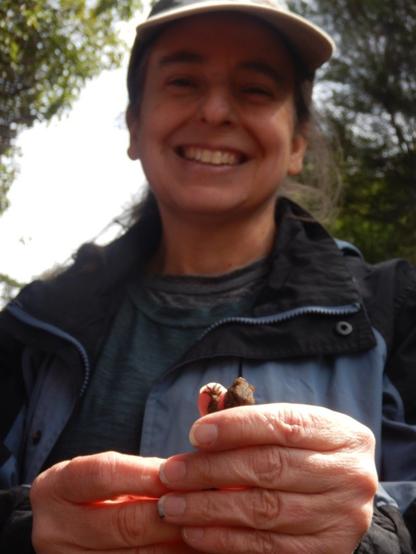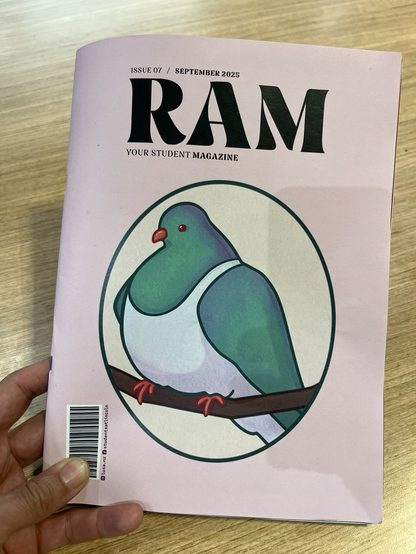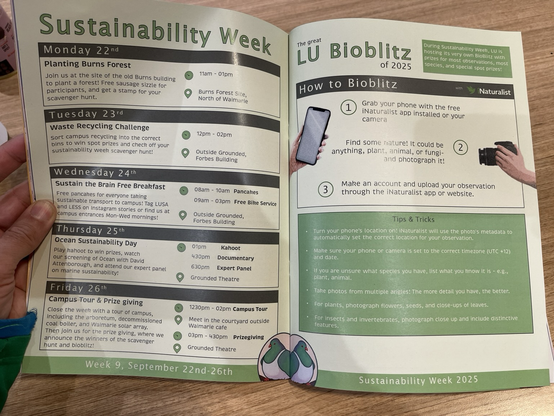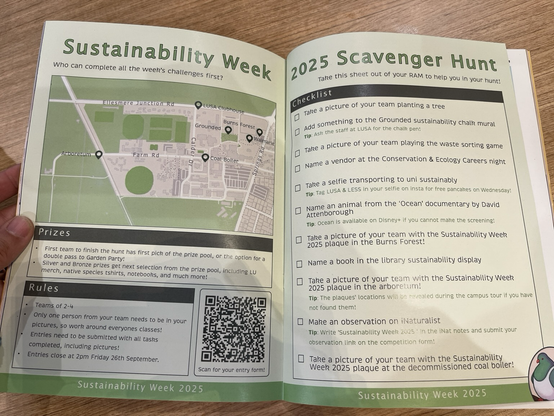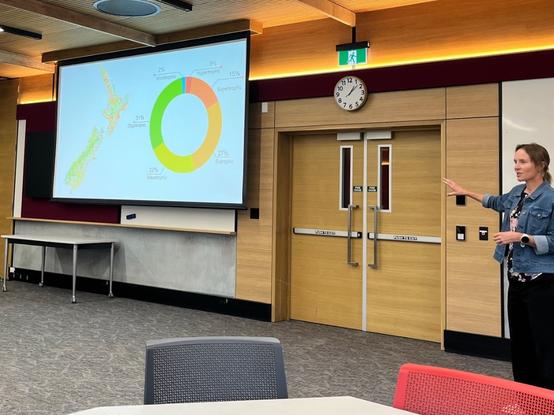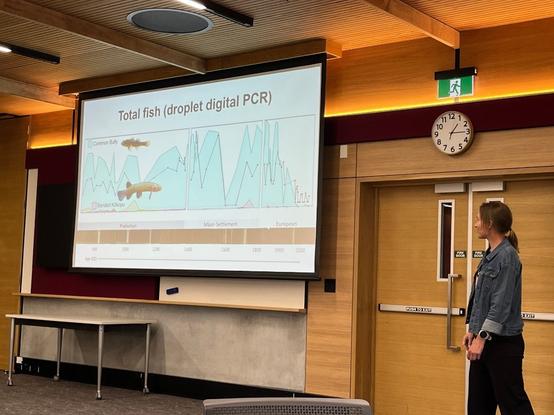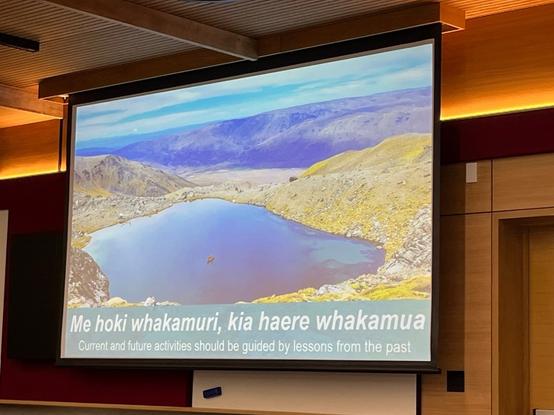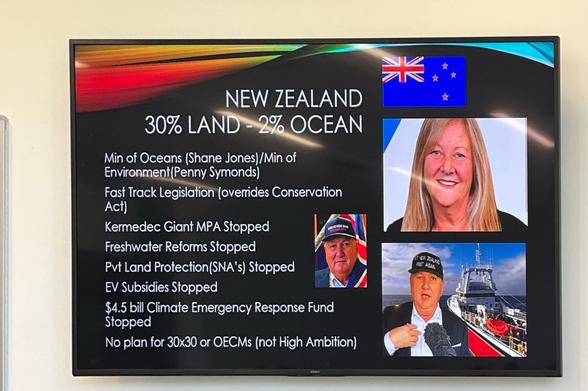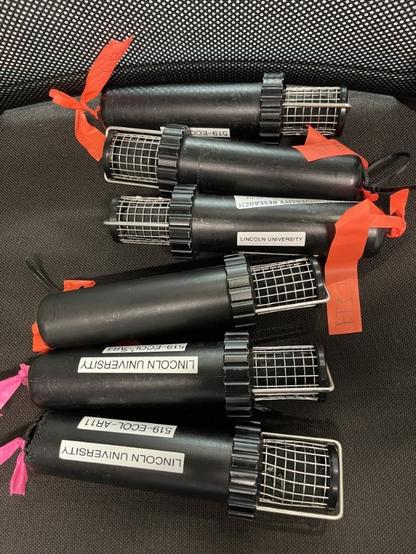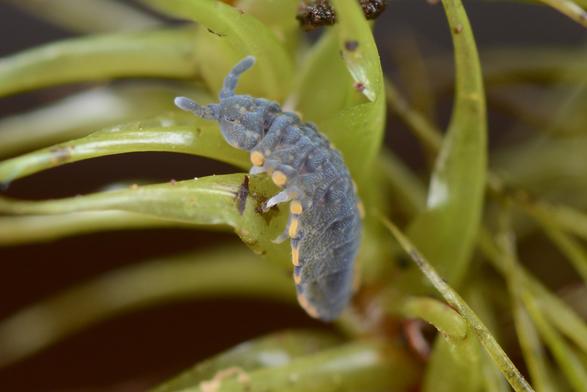One of the fun things about working in an ecology department at a university is being surrounded by people who are *really, really good* at finding interesting critters.
On Thursday we took our annual first year ecology course field trip to Ōtamahua/Quail Island. That's a reserve in the middle of Lyttelton Harbour, where the pest mammals (except mice) have been removed and lots of trees have been planted. It was a great day.
Here's entomology Masters student George Gibbs, a genius at finding insects, with one of a pair of mating stick insects that he found.
And, here's Jennifer Gillette, our talented herpetologist, with two native geckos she found. (Don't pick up geckos. Jennifer has training and a permit from the Department of Conservation to handle these.)
#LincolnUniversityNZ #nature #insects #geckos #NZ #CanterburyNZ #QuailIsland #Ōtamahua

